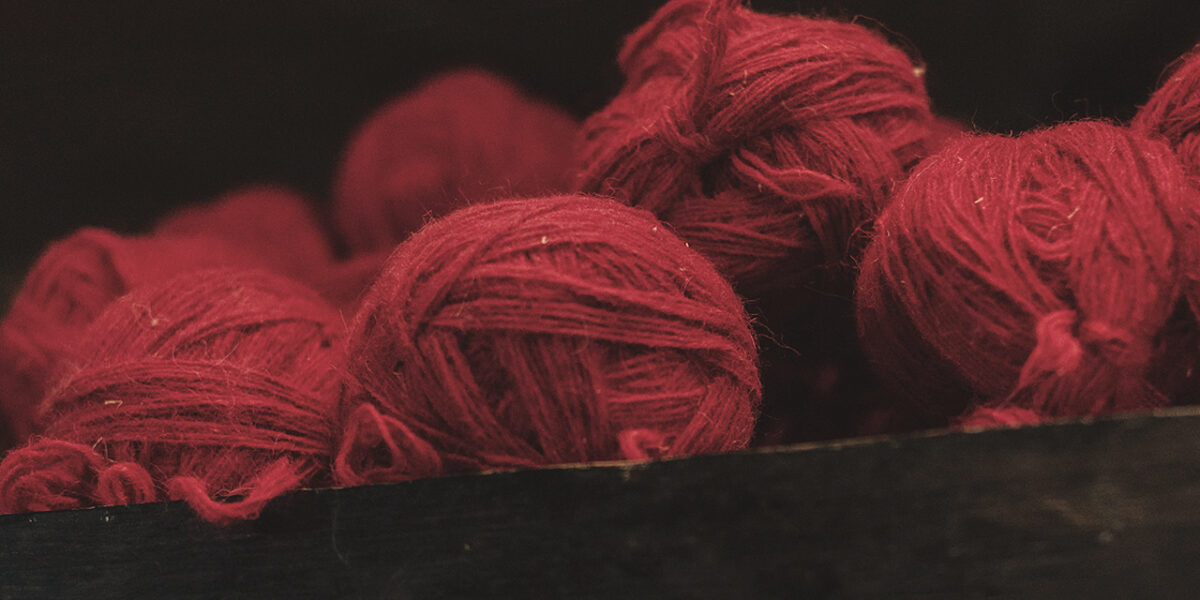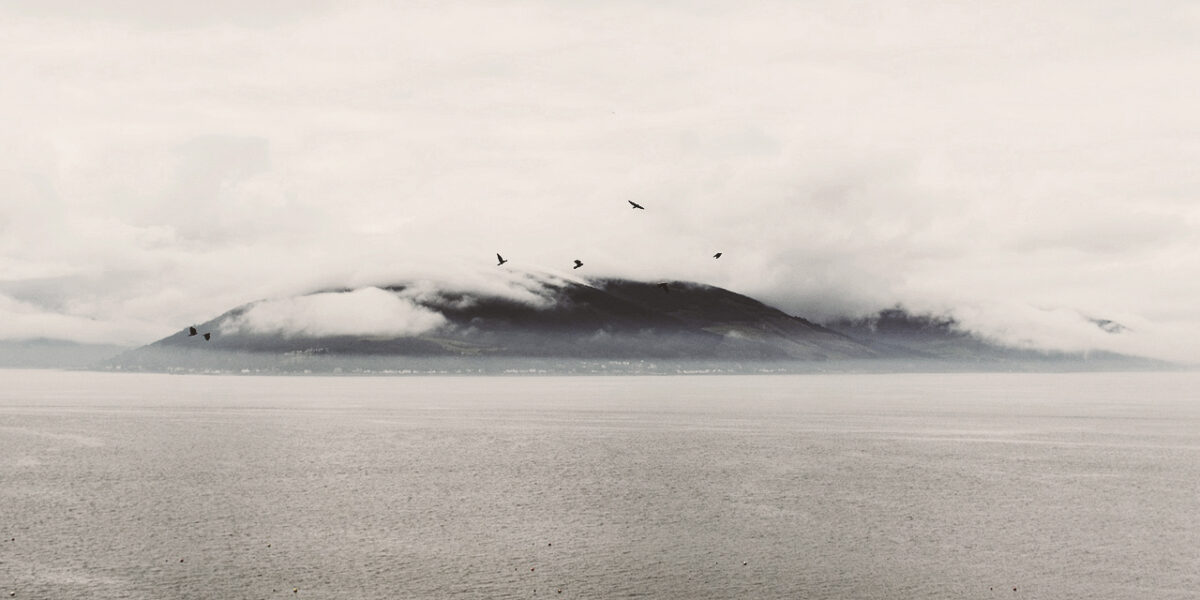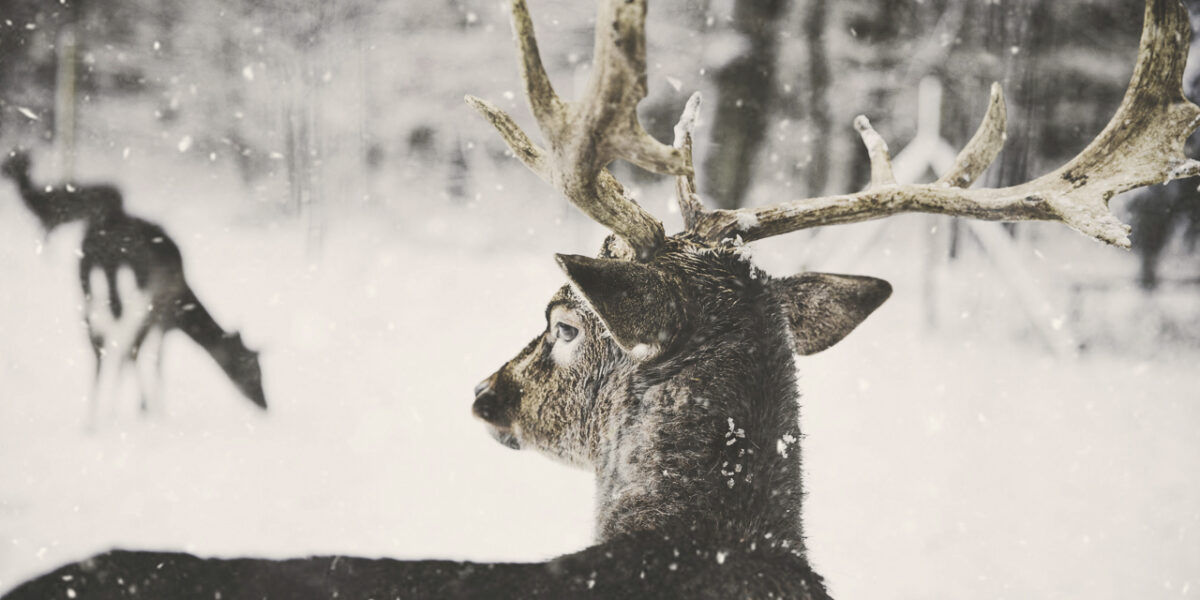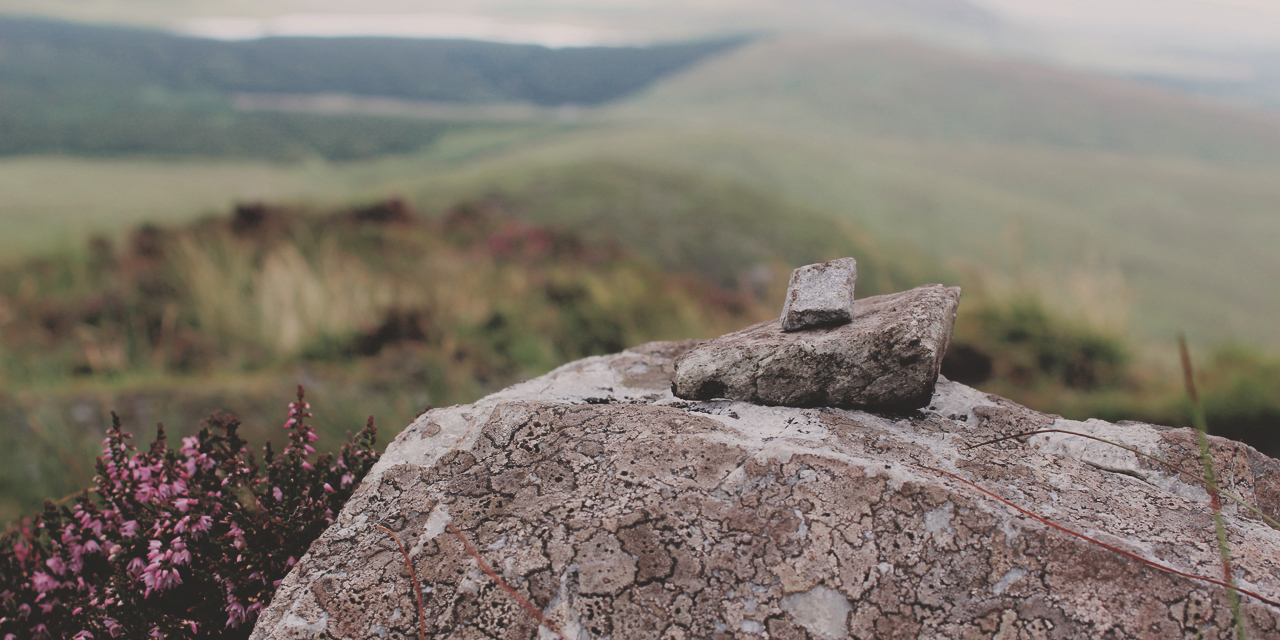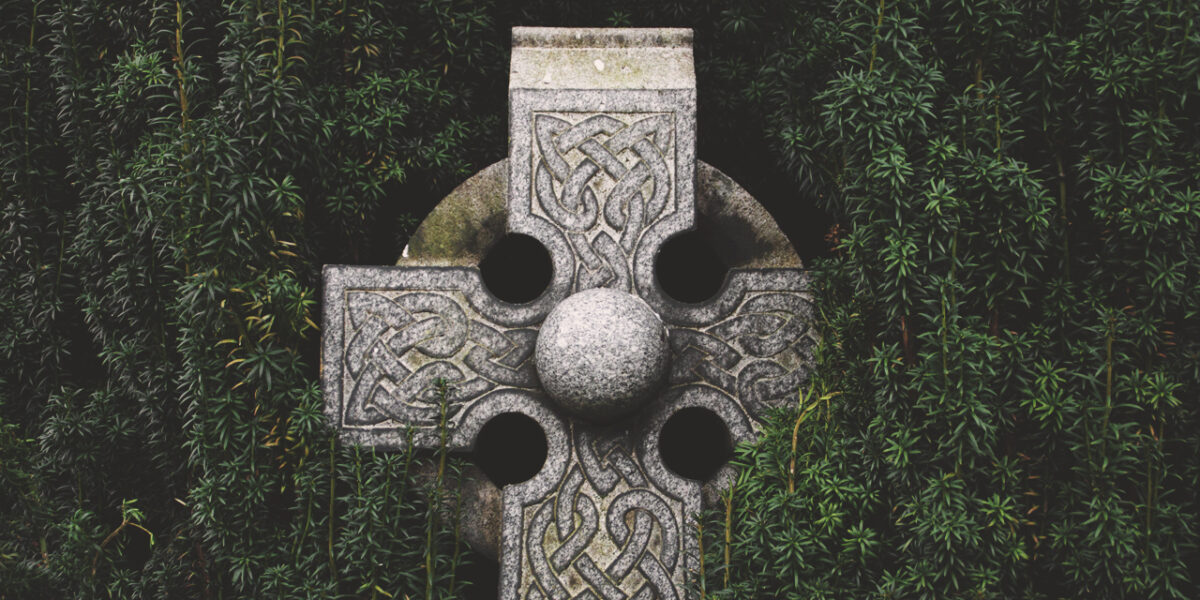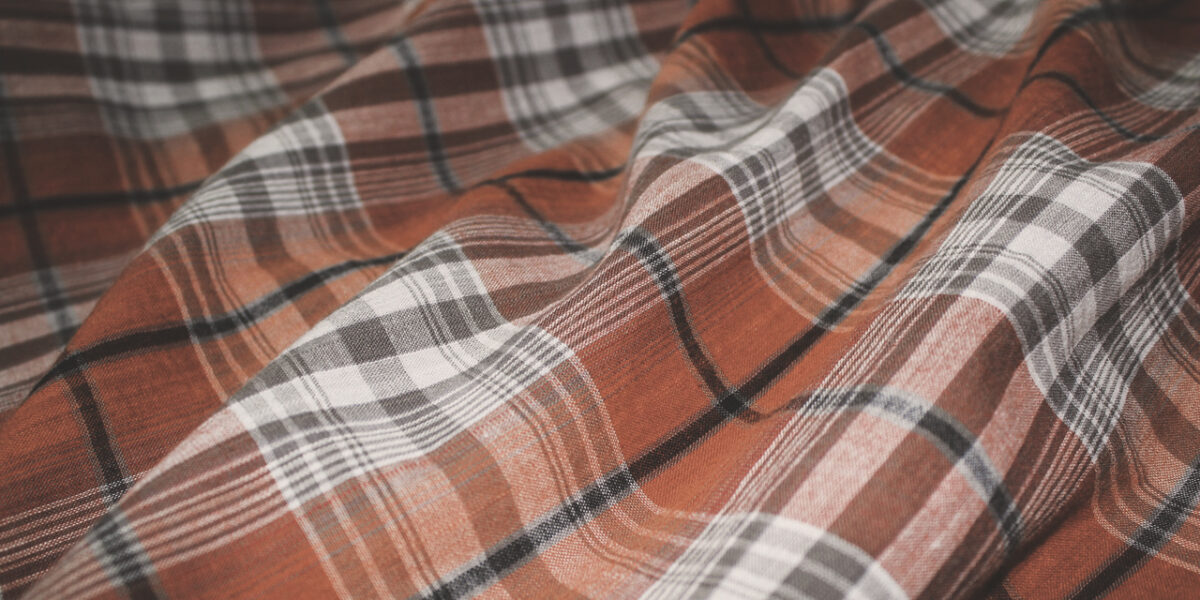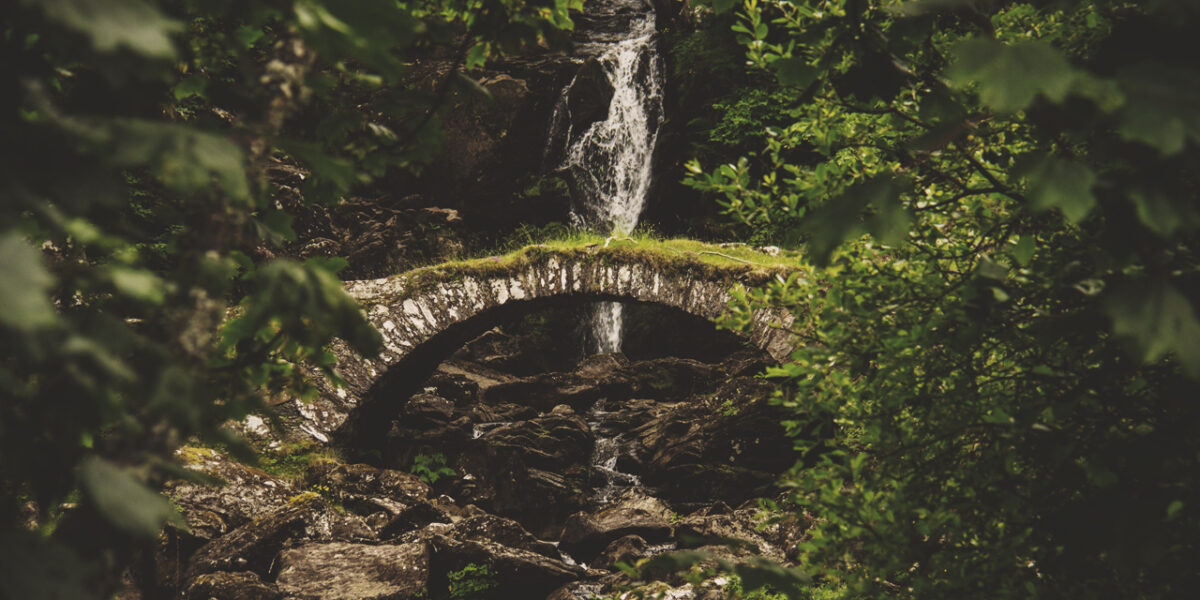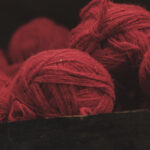The belief in an droch-shùil, the evil eye, and the charms protecting against it are perhaps the most enduring examples of Scottish folk magic, existing long after the once widespread beliefs in other aspects of magic and witchcraft had faded. Its roots lie in one of the most basic human emotions that is just as pervasive in today’s social media-driven world as it was in the simpler lives of farming folk hundreds of years ago: envy.
